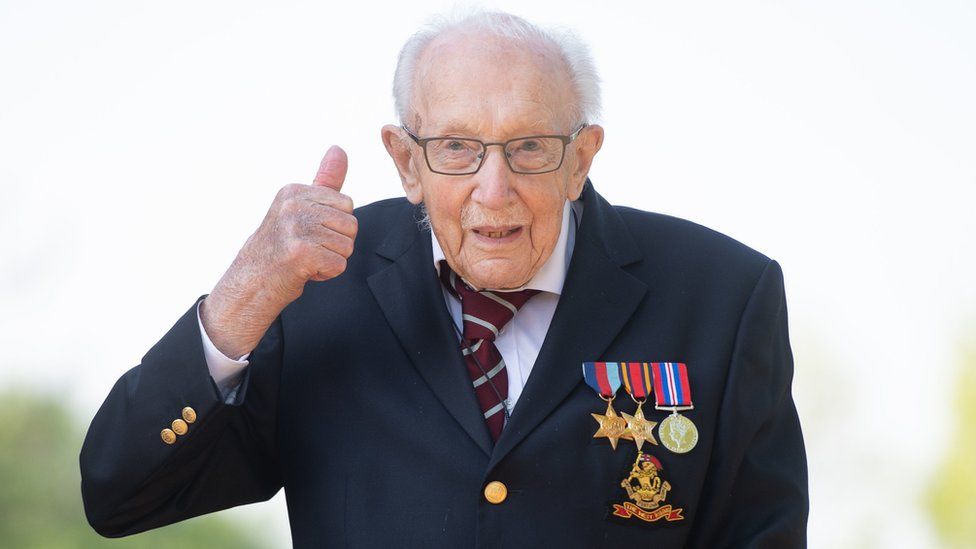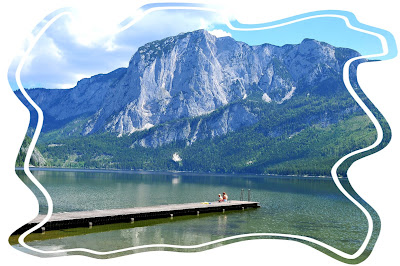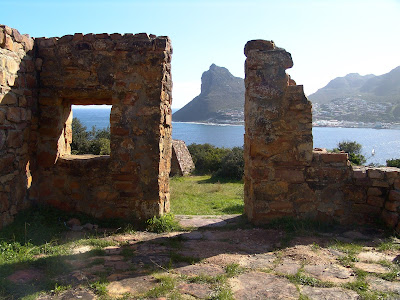
TRAVEL 2020 – POSTPONED
Today 8th
May 2020 was the day we should have been landing in Naples, Italy for our
annual vacation. Covid-19 has put paid to those plans and the world is in
turmoil due to this unseen and violent virus. Economies are in dire straits, so
many innocent people have died a horrendous death, and jobs losses are reaching
all sectors of the population. At times, it just seems to be so over-whelming
that one has to turn off all news channels and just burrow under the duvet with
5* novel. Even a soppy, pathetically written, trashy story will suffice until
reality kicks in again.
8th May 2020 also marked Sir David Attenborough's 94th birthday! A man greatly admired by so many. Sir David has inspired generations as a broadcaster, naturalist and writer. And this includes the current very young generation who are in awe of his feats and incredible journeys. It's such a blessing to know that his amazing documentaries have inspired so many and will continue to do so.
So, my
thoughts turned to both the sadder and happier times and the history of travel.
From bygone
days it seems that travel (or exploration) is truly in our DNA. The sailors of
old risked their lives to explore the world even when it was felt that it was
flat and the ships could vanish, never to be seen again. Many sailors lost their
lives in these adventures or perhaps more like crazy mis-adventures. But they were
not deterred.
The Potato Famine in Ireland caused many to
leave their beloved country – not for the pleasure of travel, but out of a
desperation to survive after the famine of 1845 – 1852. This famine left more than a
million Irish dead. This history was brought home to us very vividly when we travelled
to Ireland
Many of
us would be of different nationalities had our ancestors decided to play safe
and not venture out into the unknown. There are so many Americans who have
Irish ancestors. My family are from Kent, UK and Holland, Europe. Who knows
what my life would have been like in either UK or Holland? Very different to
growing up in sunny South Africa!!
Whilst it
was certainly far more onerous getting from one place to another in years gone
by, there were no border controls and people could take their chances – whether
with wild animals or wild tribes in far flung destinations. Today we are no
longer so free – we have to contend with borders, visa’s and many other issues
if we wish to settle n (or even travel to) another country.
So, with the passing of time perhaps
travel became something to be enjoyed rather than a totally
life-changing experience?
“One of the earliest known records
of taking pleasure in travel, of travelling for the sake
of travel and writing
about it, is Petrarch's (1304–1374) ascent of Mount Ventoux in 1336. He states
that he went to the mountaintop for the pleasure of seeing the top of the
famous height”
It seems that mountains are meant to be climbed - the huge amounts paid to summit Mount Everest are testimony to this human need to conquer nature.
Adventure
travellers will always find a way – there are so many persons featured on TV
programs.
For me, the couch is sometimes the best option to enjoy those crazy,
daring, and insanely brave activities.
My earliest memories are of my mother telling her stories of
how they travelled to Mossel Bay by ox wagon for their summer holidays. They had
to outspan a few times to get from Oudtshoorn to Mossel Bay across the
mountains and then they set up camp at De Bakke.
Despite the lack of facilities, those holidays must have been
totally carefree.
My mother’s love for the town of Mossel Bay, meant that we
had a bungalow at “The Bakke” for many years until the Mossel Bay Council
decided that they could use the land for a more lucrative holiday cottage venue
and our bungalows had to be broken down! it was a sad day when this happened.
In those early years the community had
to share a communal toilet – one toilet for many bungalows!! We had no running
water and no electricity. Eventually, my mom decided that she would prefer her
own “long drop” toilet in the yard so that was dug and covered by asbestos
walls. I hated that toilet – my worst fear was falling down the hole,
especially at night! And the spiders…. oh my word, they loved that outhouse! But
we loved our holidays and could not bear the thought of crossing back over the
mountain to the searing heat of summer in Oudtshoorn.
Travellers today are in various classes of expectations - some are still happy to "rough" it in the wilderness whilst others expect 5* treatment from arrival until departure.
John Varty's favourite saying of "Tread lightly on the earth" does not always work well when expecting 5* treatment. However, there are many establishments who have mastered this - Singita is one company that comes to mind.
The days of “slow” travel, such as 2 weeks to reach UK from South
Africa on the Union Castle ships, have long gone. We are perhaps all guilty of
wanting to get to our destination as quickly as possible, despite the damage to
our skies and the air that we breathe. The modern ocean liners are floating,
luxury hotels and so enjoyed by many. However, the damage caused by thousands
of tourists descending into ports around the globe has already been
documented with cities like Venice wanting to restrict the number of ships and
tourists.
Travel does certainly broaden our horizons and I do
not think that we will stop travelling. It is so uplifting to learn about so
many different cultures, food is often very specific to a region and this makes
for incredible, culinary experiences that we cannot enjoy at home. (maybe
because we are not very good in the kitchen!!)
Travel experiences live on
forever whilst many other memories become buried and forgotten.
I wrote the quote below many years ago.....
" Travel is food for the soul, restores our balance, links us to our global community and allows us to be witness to various cultures,climates,languages and foods. We come to realise our small part in the global nature of our earth,which is part of the greater Universe" (Judelle Drake)
Tourism is also the life-blood of many countries and my own
business relies heavily on this.
However, perhaps we will all look at the world differently
now after Covid-19??
Our skies are now clear, animals are roaming more freely, the
grass is still growing, the tides are never ceasing, the moon rises and the sun sets.
Our earth has continued without our assistance.
Will we ever feel safe again? Will we still want to go to
places that are so over-crowded?
Or will we seek out quieter spots and thank our lucky stars
that we are still alive to enjoy our earth??
It is anybody’s guess……which way will be the best - left or right?
Stay safe and well
For Accommodation Cape Town, South Africa
Please share - if you did not enjoy this post .....Shhh - but please still share!
Thanks!










































